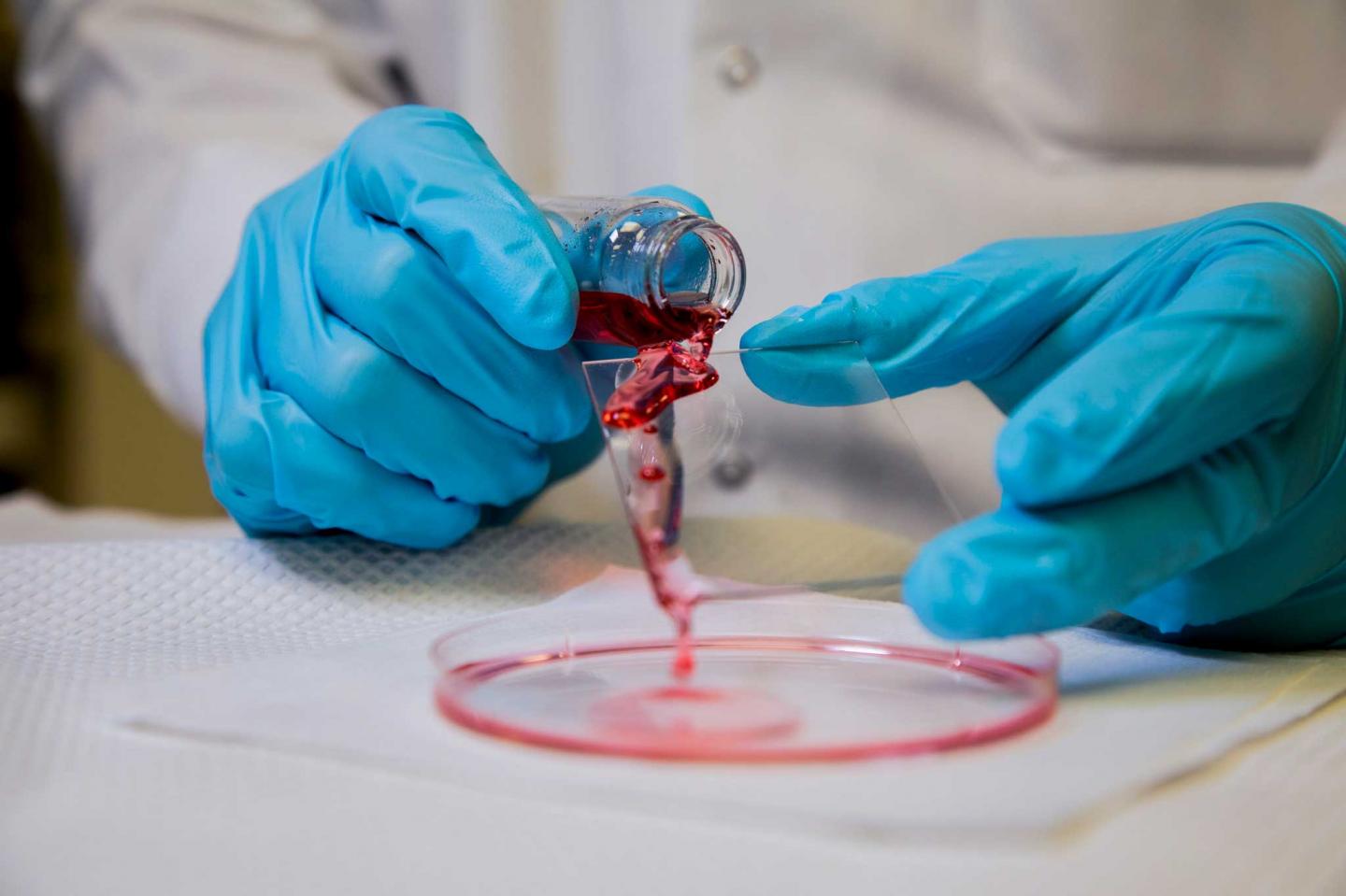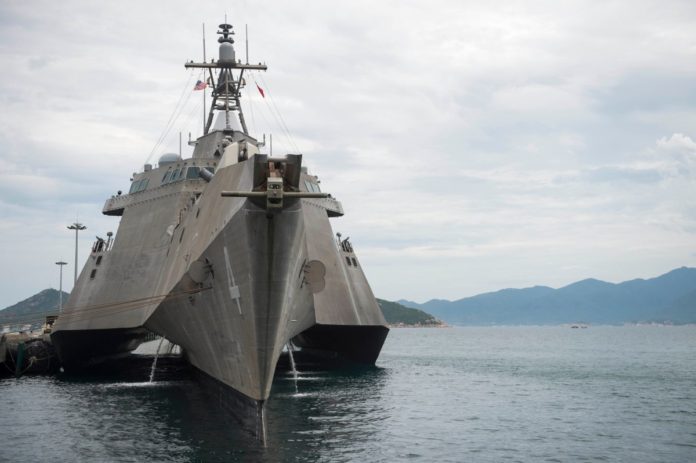Thanks to work that’s being sponsored by The Office of Naval Research (ONR) the U.S. Navy could be about to save millions of dollars on their fuel costs. It comes in the form of an “omniphobic” coating that’s being developed currently by Dr. Anish Tuteja, an associate professor of materials science and engineering at the University of Michigan.
The coating can repel oil, water, alcohol, and even peanut butter and could be the answer to improve operational efficiency across the whole naval fleet. What’s of most interest to the U.S. Navy is how the special coating can reduce friction drag when the ships are moving through the water.
“A significant percentage of a ship’s fuel consumption [up to 80 percent at lower speeds and 40-50 percent at higher speeds] goes toward maintaining its speed and overcoming friction drag,” said Dr. Ki-Han Kim, a program officer in ONR’s Sea Warfare and Weapons Department. “If we could find a way to drastically reduce friction drag, vessels would consume less fuel or battery power, and enjoy a greater range of operations.”
And that’s where Tuteja’s omniphobic coating comes in. Just imagine two ships are sailing along at the same speed. One deals with friction drag as the other is covered in a special coating that allows the water to bend and slide off the hull. The vessel that’s coated will use less fuel as it won’t have as much water resistance to battle with while maintaining speed.
This isn’t the first repellent coating to ever exist, but many others just don’t live up to the job. For example, when water is placed in a pan coated with Teflon, it will form into little droplets and roll off the pan. Cooking oil, however, will spread everywhere. “Researchers may take a very durable polymer matrix and a very repellent filler and mix them,” says Tuteja. “But this doesn’t necessarily yield a durable, repellent coating. Different polymers and fillers have different miscibilities.”

Tuteja and his team engineered the omniphobic coating by first studying a huge database of chemical substances to predict how any two would behave if mixed, based on their molecular properties. Finally, after analyzing hundreds of different combinations, they found the mix they were looking for. The rubber-like combination they discovered can be dipped, brushed, sprayed or spin-coated onto a number of different surfaces. It binds tightly and has the ability to withstand both denting and scratching. And, the coating is optically clear.
As well as being used to reduce friction drag, Tuteja also sees the coating being used for protecting expensive equipment such as antennas, radars, and sensors from adverse weather. ONR is also sponsoring other types of coating research that will help prevent ice from forming on ships that have to operate in the colder climates of the world.
More News to Read

